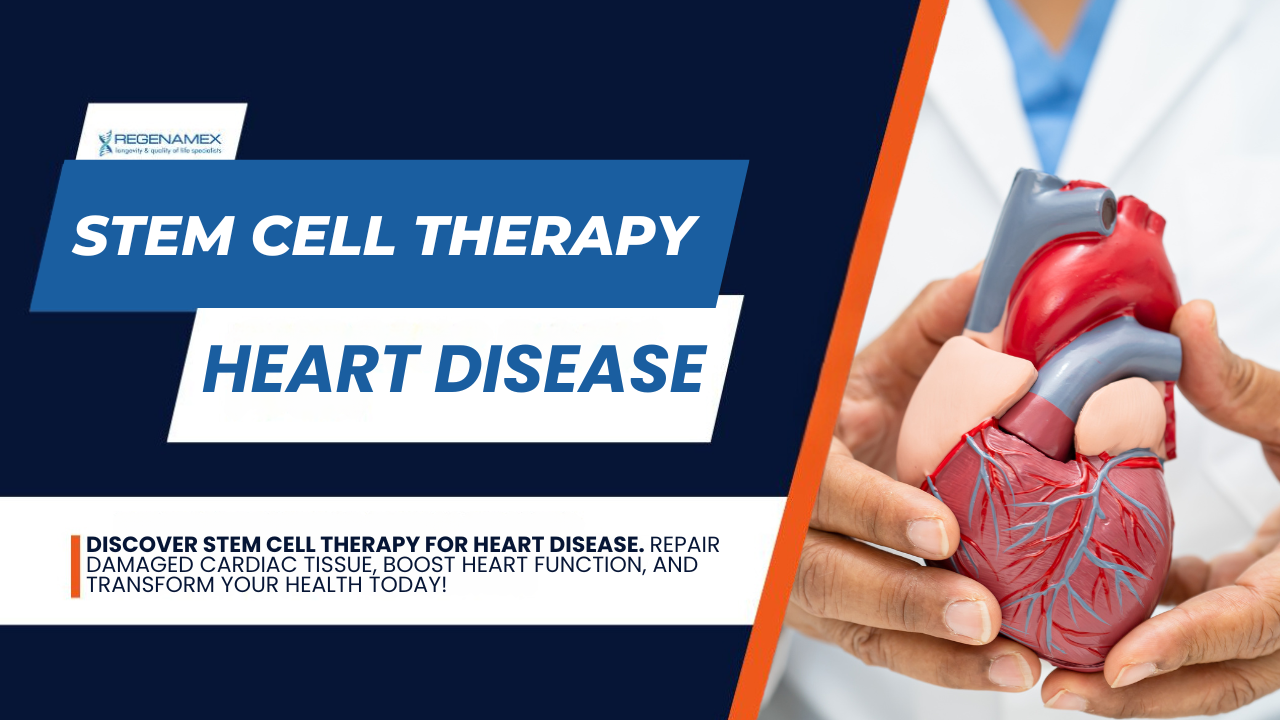Table of Contents
The authors note difficulties that remain, consisting of increasing the engraftment success and cell survival. Due to the fact that the ISCI and Miller School are leaders around, the writers additionally stress the requirement to standardize meanings and results measures in the field. "The Hare Laboratory remains at the forefront of pioneering new therapies in this important medical domain.
Currently we are discovering exactly how to harness such stem cells to help clients recover their very own broken hearts."The research study is directed by the Cedars-Sinai Heart Institute, with the cooperation of the Johns Hopkins University, where Dr. Marbn worked prior to signing up with Cedars-Sinai in 2007. The 24 clients getting involved in the research have hearts that were harmed and scarred by heart strikes.

It takes about 4 weeks for the cells to multiply to numbers enough for therapeutic use, around 10 to 25 million. In the 3rd and final step, the now-multiplied stem cells are re-introduced right into the client's coronary arteries during a second catheter procedure. All individuals in the study needed to have skilled heart assaults within four weeks prior to enlisting in the study project.
Later on this summer, it is expected that 12 more people will undergo treatments to get 25 million stem cells, while six additional people will certainly be kept an eye on as controls. The very first person, Kenneth Milles, a 39-year-old controller for a little building and construction firm in the San Fernando Valley, experienced a cardiovascular disease on May 10 due to a 99 percent clog in the left anterior descending artery, a major artery of the heart.
The process to expand the cardiac-derived stem cells associated with the research study was established by Marbn when he was on the professors of Johns Hopkins College. The college has actually declared a patent on that intellectual building, and has actually accredited it to a company in which Dr. Marbn has a financial rate of interest.

All financing was derived from the National Institutes of Health And Wellness, the Donald W. Reynolds Structure and Cedars-Sinai Medical. Marbn holds The Mark Siegel Family Members Structure Endowed Chair and Supervisor of the Heart Institute.
Next-gen support for Atherosclerosis now available
Stem cell therapy for heart failure has arised as a new means to treat and take care of the core of the condition.
Stem cell treatment can assist to minimize signs and symptoms and improve the heart's pumping capability. This therapy makes use of the capacity of stem cells to self-regenerate and self-heal. Adhering to the admission of stem cell shots for coronary infarction, numerous systems enter into play: Stem cells for heart failure promote the formation of specialized cardiac muscular tissue cells and restore harmed cells, boosting the heart's pumping capability.
There are multiple sorts of stem cell therapy for cardiac arrest that have obtained acceptance adhering to a large amount of research study. These are sorts of grown-up stem cells that are acquired from bone marrow, fat cells, and skin cells. They have cell regenerative and anti-inflammatory residential or commercial properties. These are the most typical and well-researched sorts of stem cells.
These are acquired from embryos and have the pluripotent capacity to change right into any type of cells, consisting of heart ones. The major issue with these cells is that, as they are extracted from embryos, they have numerous honest and lawful limitations and are only made use of in particular scenarios. for the reasons discussed over.
Stem cell injections for High Blood Pressure with minimal downtime
These cells come from the heart and are fit to heart repair work. Please, contact our medical advisor to discuss your health condition with a professional in regenerative medicine. You can also leave your call information for a callback. It is cost-free and confidential. Clinical Expert, Swiss Medica doctor The application and therapy of stem cell therapy contains five actions: People start with an online examination with our clinical advisor and are then examined by a cardiologist, who will certainly acquire the required medical background, do blood tests, and request imaging studies to determine whether stem cell therapy for cardiac arrest is a practical option.
We administer stem cells through painless stem cell shots for heart disease. A highly trained physician will certainly inject processed stem cells into the blood stream; the entire treatment takes less than an hour. After ending up the heart disease stem cell treatment procedures, our patients will be monitored for any kind of complications and results.
Navigation
Latest Posts
New hope for High Blood Pressure with stem cell therapy
Are there supportive options for Peripheral Artery Disease in today’s clinics?
Next-gen support for Arrhythmias with minimal downtime